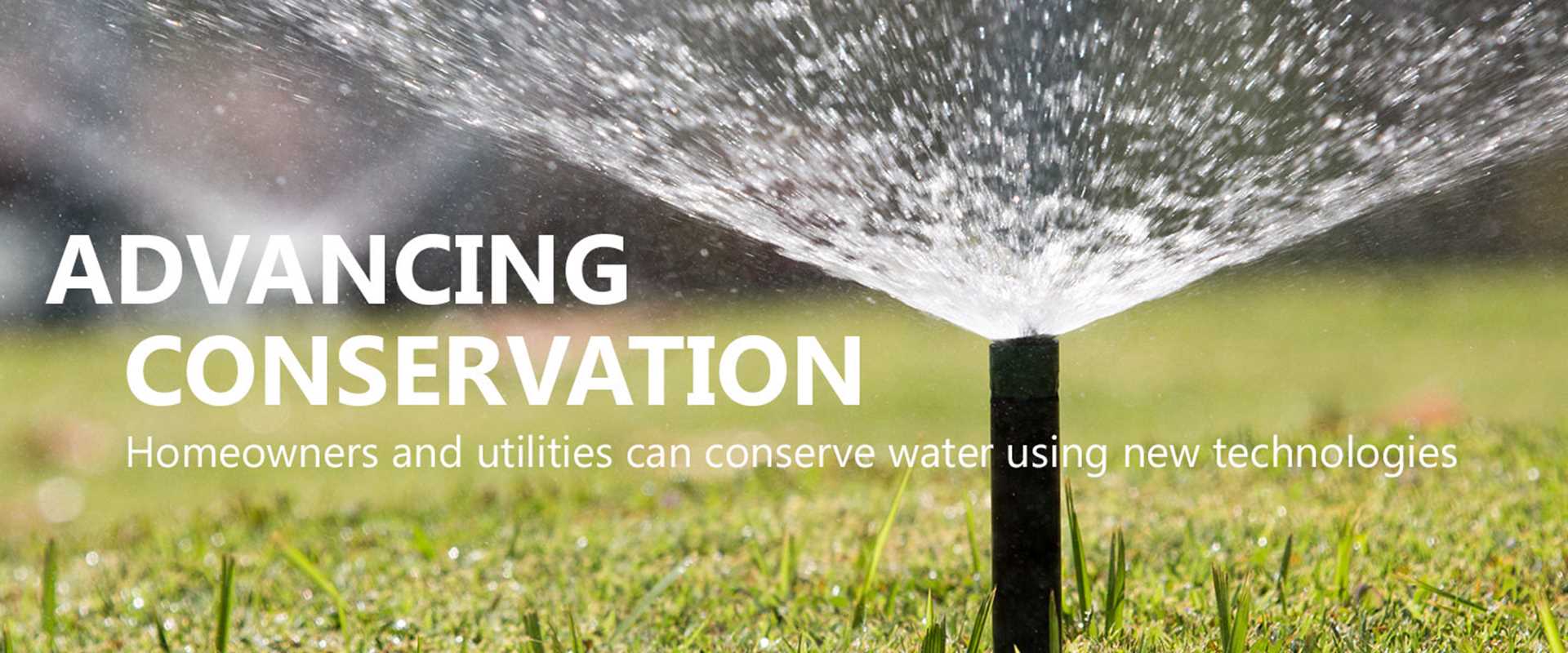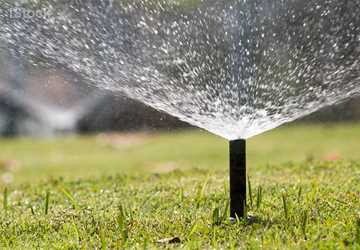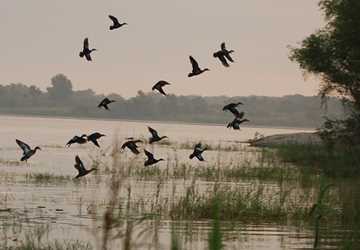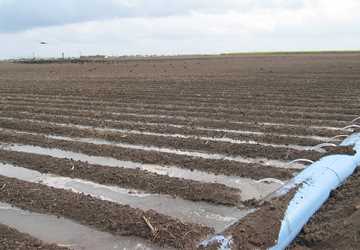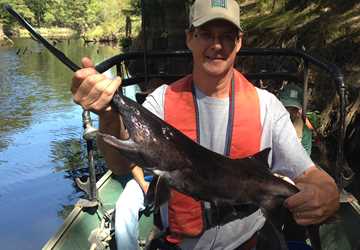Technological advancements are helping homeowners and utilities use water more efficiently, and new consumer information is helping utilities better understand and target consumers’ needs and attitudes.
From cities’ conservation plans, rebates and education programs to accessible near-real-time water-use information and online irrigation tools, there’s something out there for anyone interested in home or landscape water conservation.
Identifying the conservation knowledge gap
A 2008 survey of 419 Texans conducted by the Texas A&M AgriLife Extension Service, Water Issues in Texas: A Survey of Public Perceptions and Attitudes about Water, showed only about half thought water quantity was a problem in their area.
“To me that was a jaw-dropper, because with our population growing leaps and bounds, even during those years when there is plenty of water, we need to be careful with the water we have, how we use it and the decisions we make about it,” said Dr. Diane Boellstorff, AgriLife Extension water resource specialist and co-author of the survey results.
A group of AgriLife Extension specialists at Texas A&M University conducted an updated version of this survey in 2014 to see how Texans’ perceptions had changed, if at all. Preliminary results suggest the percentage of Texans replying that water quantity was an issue in their area increased from 47 percent in 2008 to 61 percent in 2014. Similarly, the percentage of Texans believing their area would suffer from prolonged drought also increased from about 52 percent to 69 percent in 2014.
“Most of Texas, particularly in 2011, experienced exceptional or extreme drought, and I think people are much more aware of how bad it can get,” Boellstorff said. “We had communities that were genuinely concerned they might not have water, so I think that’s the most significant result that might pop out as we continue analyzing results.”
Cities bring conservation programs to homes
In Arlington and Round Rock, as in most cities, residential customers are the majority of water users with most water use occurring on landscapes in the summer and indoors in the winter. As population growth looms, cities are preparing for the future by implementing water conservation programs to help their customers conserve and extend the life of existing supplies.
Round Rock’s service area population is around 140,000 people and is expected to grow to about 300,000 by 2050.
“We’ve expanded our water system a little bit and expect to have the same amount of water we have currently to meet our full, built-out population of 300,000,” said Jessica Woods, Round Rock’s water conservation coordinator. “We need to get people used to using less water now, so when the population grows, it’s not going to be as big of a stress to have enough water for everybody.”
Likewise, with a service population of nearly 370,000 people, Arlington Water Utilities is striving to meet the Texas Water Development Board’s Water Conservation Implementation Task Force recommendations of reducing annual water use by 1 percent of total gallons per capita per day with an ultimate goal of reaching an average of 140 gallons per capita per day, said Arlington Water Utilities’ Conservation Program Coordinator Dustan Compton.
“We have an obligation to the state of Texas, our water provider — Tarrant Regional Water District — and our own customers to ensure we have a sufficient supply of water for the future,” Compton said.
Cities strive to meet their water conservation plan goals using different methods, depending on the city’s size, customer base and how effective such methods have proven to be in the past.
Most of Texas, particularly in 2011, experienced exceptional or extreme drought, and I think people are much more aware of how bad it can get.
Compton said Arlington has been operating a relatively aggressive conservation program for residential water conservation since 2006, starting with daytime watering restrictions year-round — no outdoor irrigation from 10 a.m. to 6 p.m. Since hiring a full-time water conservation coordinator in 2008, the city has implemented many more programs, such as educational classes on improving landscapes, installing rain barrels and fixing irrigation systems. It also offers a toilet distribution program; a shower head exchange where people bring in old shower heads and receive new 2 gallon per minute high-efficiency shower heads; and rebate programs for landscape and irrigation improvements.
Compton said Arlington has started a new program as well that gives homeowners incentives to convert to drip irrigation or efficient sprinklers and even convert irrigated areas to nonirrigated areas.
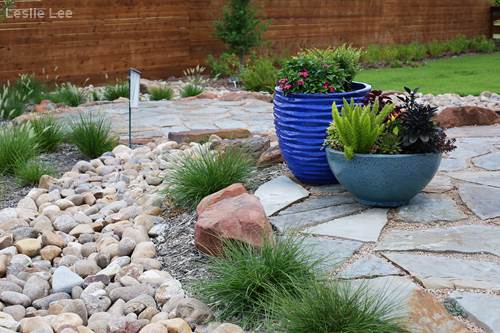
In contrast, Round Rock has only had a water conservation program for six years, and it finds that a combination of a few rebates and education works best with its customers, Woods said.
“Because of the projected population growth and people using too much water, the city decided to be more effective with water conservation and start educating our customers,” she said.
In addition to producing traditional educational water bill stuffers, Woods maintains a water blog, Facebook page and the city’s water conservation Web page. The city offers rebate programs for efficient appliances, toilets, irrigation systems, rainwater collection and lawn aeration, and it provides free irrigation system evaluations.
Both cities have had positive feedback, participation and continued interest from customers. Round Rock has even seen its gallons per capita per day decrease almost every year, Woods said.
Regional near-real-time water-use programs
People have varying attitudes and behaviors about water use and conservation. However, advances in water metering measurement by utilities have helped homeowners see their water use nearly in real time. Experts hope that having access to this information will help homeowners see where they use the most water and change their behaviors to reduce excess water use.
Dr. Kelly Brumbelow, associate professor of water resources engineering in Texas A&M’s Zachry Department of Civil Engineering, along with Dr. Allen Berthold, research scientist at the Texas Water Resources Institute, are working on one such program. They are collecting advanced metering infrastructure (AMI) data from utilities and translating that information into online graphs and tables that are easy for enrolled homeowners to use to see their hourly water use.
We’re attempting to provide more real-time data to homeowners and see if them accessing this data encourages any water-use reductions.
Made possible by a joint Texas A&M AgriLife Research, AgriLife Extension and Texas A&M Engineering Experiment Station Water Seed Grant, Brumbelow and Berthold began this project in partnership with Arlington in March 2014.
Brumbelow said in addition to Arlington, the project will work with more cities to provide AMI data to enrolled homeowners. “Right now it’s a subscription portal where residents sign up to get their individual data at no cost to them. We can get them information on what exactly is the time pattern when they’re using water, and what’s the cost per day and hour of that water use.”
“We’re attempting to provide more real-time data to homeowners and see if them accessing this data encourages any water-use reductions,”
The website provides customers various levels of detail, showing a monthly overview by billing cycle with links to then see daily and hourly water usage graphs during that period.
With this data, experts can point out peak water-use times and if there is something seemingly out of place. For example, if they see someone is using a lot of water during the middle of the night, that might be indicative of a leak, Brumbelow said.
“We’re trying to get good tools together for the utility side, so the customers can see their data but the utility can see reports on everybody’s data and understand where they need to be focusing their conservation efforts,” he said.
Berthold said this project compliments utilities’ existing water conservation programs and is one more tool for reducing residential water use.
Brewster McCracken, president and CEO of Pecan Street Inc., a nonprofit research and development organization headquartered at The University of Texas at Austin (UT), has a similar effort through his organization’s University Municipal Water Consortium. The consortium is a joint effort of more than 25 Texas state, regional and local water providers and university researchers from Texas A&M, UT-Austin and UT-San Antonio, working with a statewide test group, he said.
“We are working with volunteer residential water customers throughout Texas to test out how they respond to different kinds of (water) information and technologies,” McCracken said.
Through testing a few kinds of technologies in homes throughout the state, Pecan Street hopes to find out what technologies people like and what they respond to. Tests will evaluate sprinkler system controllers, such as ones that can be controlled on a smartphone or synced with weather data, or if auto-programming capabilities can help optimize lawn irrigation, McCracken said. This information will better determine how to increase users’ satisfaction with these technologies and save water.
Pecan Street released in Spring 2015 an interactive mobile app, Pecan Street Blue, which allows the organization and its supported researchers, including Brumbelow, to carry out real-world research. McCracken said Brumbelow and a student, with field support from AgriLife Research, have conducted the most advanced research that’s been done in the state on consumer water use and behavioral response.
Water users whose water provider is participating in the use of the Pecan Street Blue mobile app can download it through the Apple App Store or Google Play. A demonstration of the app is also available for anyone to download. More information about the app is at pecanstreet.org.
Water My Yard enables landscape conservation
Experts agree that the largest water user around most homes is landscape irrigation. The Water My Yard program is another online tool for homeowners, providing watering instructions for users’ specific locations and irrigation systems, based on data from nearby weather stations.
Water My Yard began in May 2013 when the North Texas Municipal Water District (NTMWD) asked Dr. Guy Fipps, AgriLife Extension agricultural engineer for irrigation and water management, for a straight-forward irrigation recommendation tool for homeowners, he said.
Fipps, also a professor in the Department of Biological and Agricultural Engineering at Texas A&M, took the district’s ideas and translated them into a science-based approach. He and his colleagues then designed a website and mobile web app.
On the website, users confirm their location and select the photo of their sprinkler type as well as spacing and manufacturer. Based on that information and local climatic conditions, the site gives watering recommendations, including whether they need to irrigate, how often and how long. Current water restrictions in their area, if any, are also included. Additionally, users can create an account to receive weekly irrigation notifications by email, text message or both.
Fipps said other water recommendation programs tell homeowners the amount of water needed for the yard; it’s up to consumers to figure out what that means and how long they run their sprinkler. “Water My Yard is unique in that it tells each individual consumer ‘the irrigation recommendation is 15 minutes, twice for this week, for example,’” Fipps said.
Aside from the NTMWD 12-city service area, the Water My Yard service area includes the cities of Irving and Caldwell, Brazos County and 25 cities around Austin through the Lower Colorado River Authority. Other utilities and water districts have expressed interest as well, he said.
Experts’ water efficiency and conservation tips
There is no single answer for the best way to conserve water in homes or landscapes; it’s usually a combination of behavioral changes and awareness that impact individuals’ water use, experts said.
A good place to start is knowing the top water users around the home.
McCracken said outdoor sprinklers are often at the top. “In fact, there’s not even a close second.” Showers use 10 to 15 gallons, dishwashers about 5 gallons and sprinkler systems frequently use around 1,500 gallons for one irrigation event, he said.
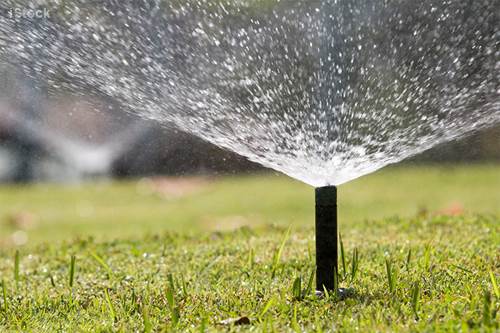
Fipps said the biggest problem he sees with landscape irrigation in Texas is improper design, which results in excess water use.
“There are (licensed irrigators) out there who will design a system properly, but these tend to cost more than the low bid, and most people go with the low bid,” Fipps said. “In 2009 Texas enacted new rules and regulations for landscape irrigation, and if the irrigation system is actually designed following regulations, it will be a good irrigation system.”
For existing systems, homeowners need to be sure obvious problems, such as a broken or nonrotating sprinkler head, are corrected.
“Before someone has an irrigation system installed, they should ask: ‘Do you have matched precipitation rates? Do you have head-to-head coverage? Do you have proper pressures?’ And (they should) have the dealer show them that information. If the irrigation professional doesn’t design the system like that, then they need to find another one,” Fipps said.
In addition, Boellstorff said the best, yet hardest, thing homeowners can do to conserve water in landscapes is to change the way the yard is landscaped.
“That’s where the rubber meets the road,” she said. “It’s one thing to do what the city tells you as far as putting your sprinklers on and off at a certain time, but it’s another to rip out your favorite non-native plant and replace it with a native plant, or change your grass to another species.”
Overall, people need to be aware of when they’re using water and not take it for granted.
Boellstorff suggested that if grass is required in a neighborhood, homeowners should make sensible choices for the climate and use water-efficient species. For example, in many areas of Texas, replacing St. Augustine grass with Bermuda grass will conserve more water, she said.
Berthold said a few things homeowners can do to more efficiently use or save water are taking advantage of cities’ rebate programs; making sure fixtures are all low flow, updated and used properly; testing toilets for leaks using the common dye test; and simply being aware of water use when the tap is on.
“You can install all the low-flow appliances in your house you want to, but if you use them three times as much as the others, you won’t have any conservation,” Brumbelow said.
“Overall, people need to be aware of when they’re using water and not take it for granted,” Berthold said.
Brumbelow agreed. “I would say probably what matters most is that individual water users are really looking at those numbers to see what they’re using. In the end, that’s where the conservation actually happens is when people pay attention to their actual usage. There’s really no substitute for that.”
Explore this Issue
Authors
Danielle Kalisek is the Assistant Director for Institute Operations for the Texas Water Resources Institute. In this role, she manages institute business, particularly the pre-award through account setup processes and state and designated accounts, she also coordinates communications and websites services and needs for the institute.

